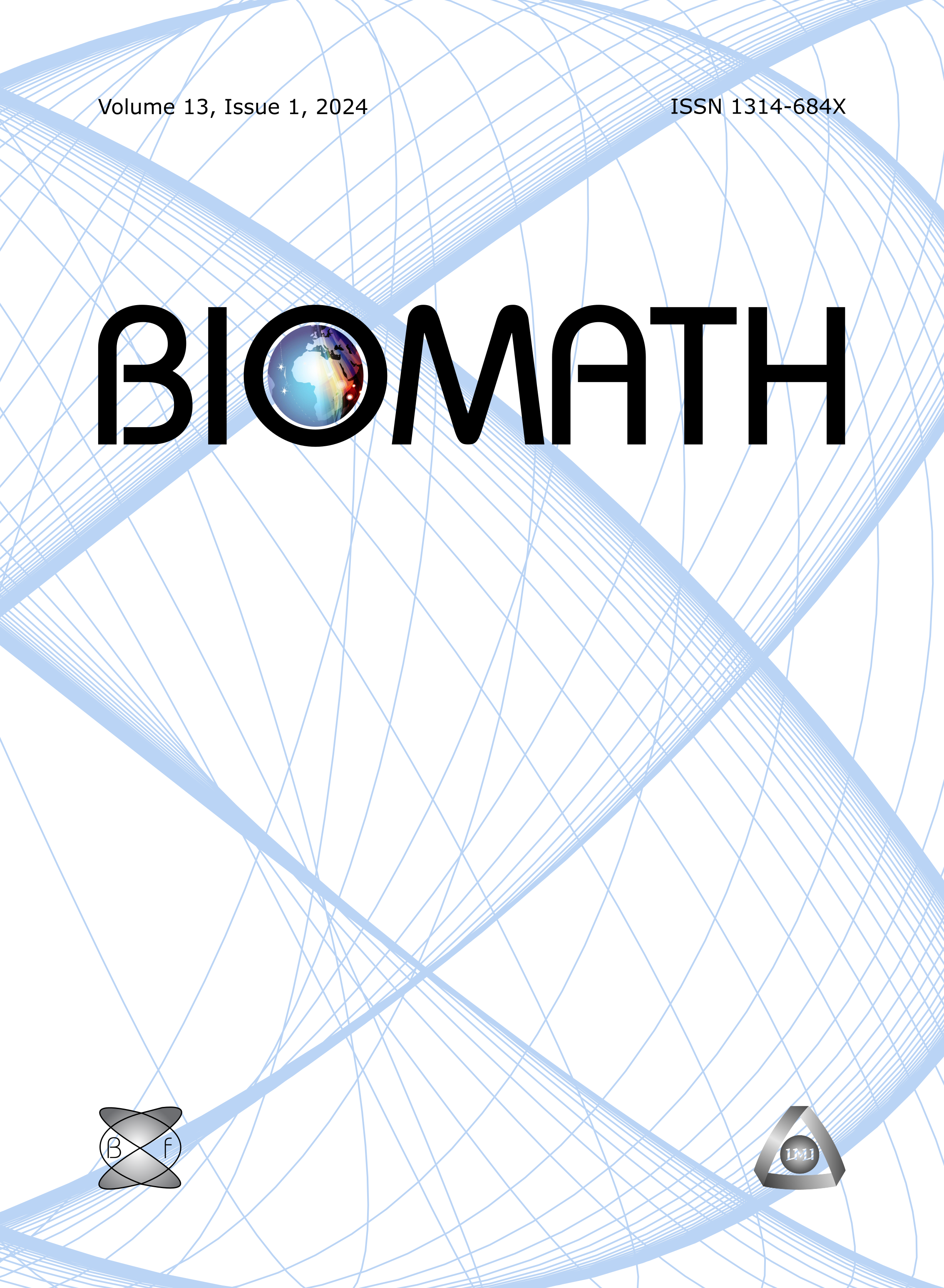COVID-19 propagation mathematical modeling: the case of Senegal
DOI:
https://doi.org/10.11145/j.biomath.2020.09.037Keywords:
CoVid-19, Mathematical model, Fitting strategy, Reproduction numberAbstract
The outburst of the COVID-19 pandemic has raised several questions leading to a complex system in terms of modeling. Indeed, the modeling of the epidemic, at the level of a country, needs considering each of the different sources of contamination as well as the public health authorities strategy, in a specific way. With this in mind, in the present paper, we develop a mathematical model of the COVID-19 epidemic in Senegal. In the model, the population is subdivided into five compartments: susceptible, infected but asymptomatic, symptomatic, quarantined, and recovered immune people. In addition, due to its important impact in the propagation of the disease, we add one more variable: the number of infected objects. Therefore, the model corresponds to a system of six non-linear ordinary differential equations we submit to an analytical study to prove the relevancy of the model,? simulate the evolution of the epidemic, and retrieve epidemiological parameters, namely the infection rate and the basic reproduction numberDownloads
Published
Issue
Section
License
The journal Biomath is an open access journal. All published articles are immeditely available online and the respective DOI link activated. All articles can be access for free and no reader registration of any sort is required. No fees are charged to authors for article submission or processing. Online publications are funded through volunteer work, donations and grants.
Authors who publish with this journal agree to the following terms:
- Authors retain copyright and grant the journal right of first publication with the work simultaneously licensed under a Creative Commons Attribution License 4.0 that allows others to share the work with an acknowledgement of the work's authorship and initial publication in this journal.
- Authors are able to enter into separate, additional contractual arrangements for the non-exclusive distribution of the journal's published version of the work (e.g., post it to an institutional repository or publish it in a book), with an acknowledgement of its initial publication in this journal.
- Authors are permitted and encouraged to post their work online (e.g., in institutional repositories or on their website) prior to and during the submission process, as it can lead to productive exchanges, as well as earlier and greater citation of published work (See The Effect of Open Access).

